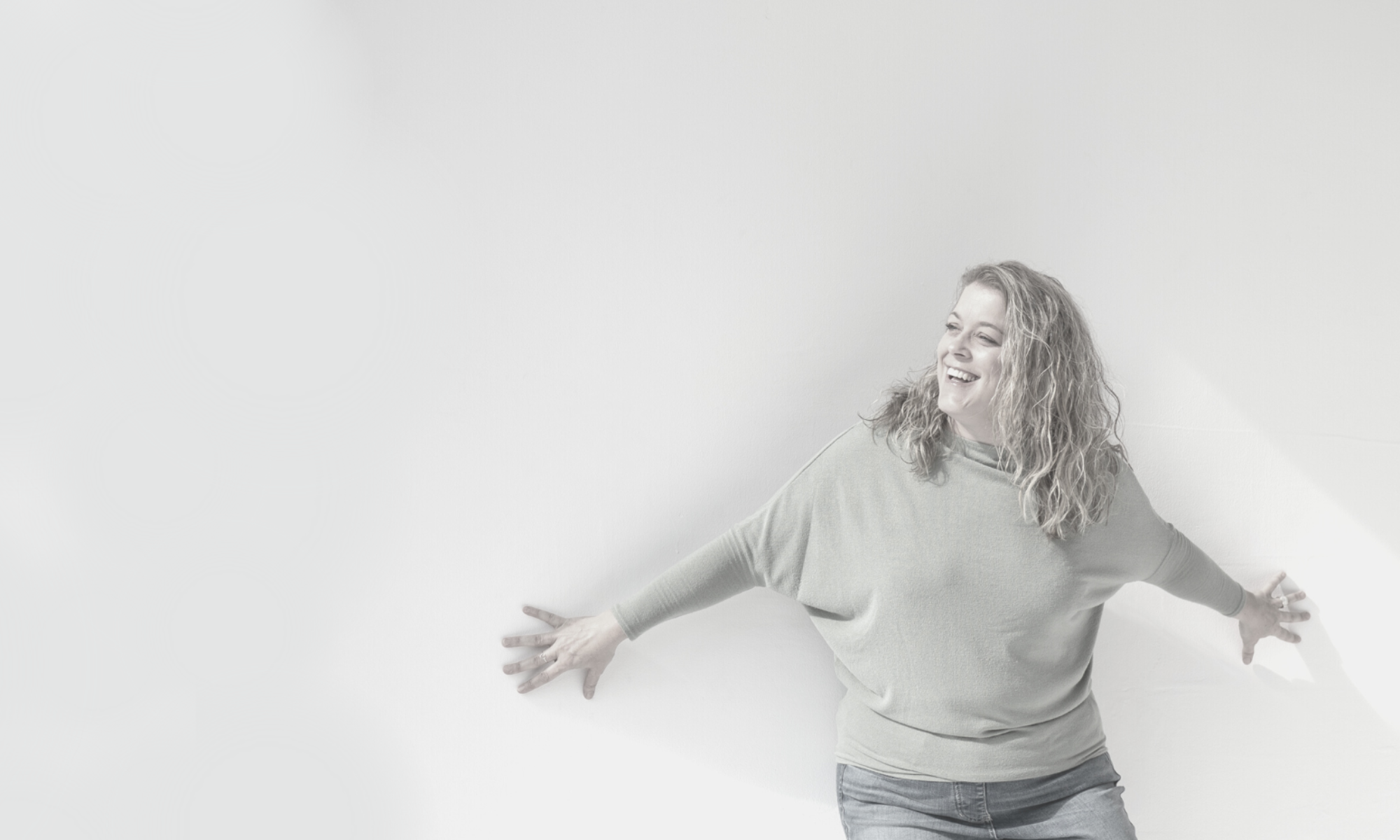
A teacher with lived experience with P.T.S.I., trauma, and anxiety
+
A teacher who practices and is trained in
+
iRest® Yoga Nidra
+
Trauma Sensitive Yoga
+
Yin Yoga
+
Restorative Yoga
+
Gentle Yoga
=
Yoga that supports you on your "living with" and "recovering from" trauma & anxiety
It's about choice in movement.
It's about keeping the power in your hands during yoga.
It's about turning on your relaxation response so your body and mind can get some rest.
It's about learning about the nature of your mind so you can understand yourself.
And mostly, it's about soothing your frayed and frazzled self - an experience that is warm and comforting and SAFE, a tonic for your mind and body.

What is Yoga for Trauma & Anxiety
Yoga for Trauma and Anxiety is a way for practitioners to safely experiment with having a body. Through yoga, students can experiment with:
- Breathing
- Moving
- Strengthening
- Stretching
- Resting
Our unique Yoga for Trauma & Anxiety program includes Trauma Sensitive Yoga and iRest Yoga Nidra.
Yoga for Trauma & Anxiety is set up so that students are in control over what they are doing with their body at all times. The teacher is there to provide safe, professional guidance and to help students focus on particular dynamics (what muscles they are using, what it feels like to have their feet on the ground, what it feels like to breathe, etc.).
The main objective is to use the shapes of yoga as opportunities to notice what is felt in the body and to practice making choices about what to do with your body.
Interoception to choice making to action - restoring power and control to a person who has had these taken away from them through the experience of trauma.
No experience is necessary and Yoga for Trauma and Anxiety is accessible to everybody regardless of physical ability.
Angie Davis is trained in TSY through the Trauma Center at the Justice Resource Institute. TSY is the yoga created by Bessel van der Kolk's (trauma psychiatrist and New York Times bestselling author of The Body Keeps the Score) team. In 2017, this method of TSY became the first and only yoga program to be listed as an evidence-based program/practice for the treatment of psychological trauma in the United States.
What makes Trauma-Sensitive Yoga different?
The Practice
A Trauma Sensitive Yoga practice has less movement, slower movement, and is of less duration than most regular yoga classes. The focus is not on the external representation of the pose/form (how it looks) but rather on the internal experience of the practitioner (how it feels).
In TSY, breath and movement are experimented with but not prescribed. TSY focuses on interoception and anytime the teacher invites the direction of attention, it is always towards sensation and what is felt in the body, not anything else (such as thoughts, feelings, emotions, etc).
Language
In general, words used in TSY are concrete, visceral (can be felt in the body), and repetitive. No metaphors or Sanskrit are used.
More specifically, two types of language are prioritized in TSY:
1. Invitational Language
Words such as, "As you're ready," "If you're ready," "If you like," "Maybe," "You're welcome to" give power and choice to the student.
2. Interoceptive Language
Noticing words such as "Be curious about," "You may feel," "You might investigate," "It might be interesting to you if" allow students to build sensory links between the body and the mind, restoring the felt-sense of the body that was harmed through trauma.
The Teacher
The primary role of the yoga teacher in a TSY environment is to create a sense of safety. Safety is created in many ways:
-The teacher never tells a student what to do. Rather, the teacher shares power with the student through invitatory language.
-The teacher also shares power through having a shared, authentic experience with the student by physically practicing themselves.
-The yoga teacher creates predictability by staying on her mat, wearing plain clothing, and using a steady voice.
-The teacher does not do hands-on, physical assists.
.The Physical Space
The ideal space for trauma sensitive yoga is a calm, uncluttered environment. The room is set up in the same way each time to foster a sense of safety and predictability.
